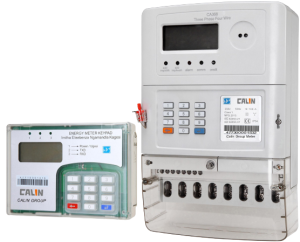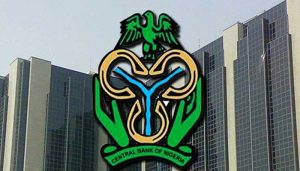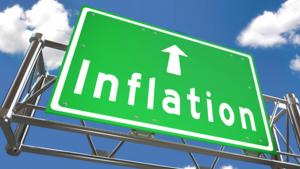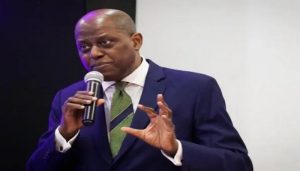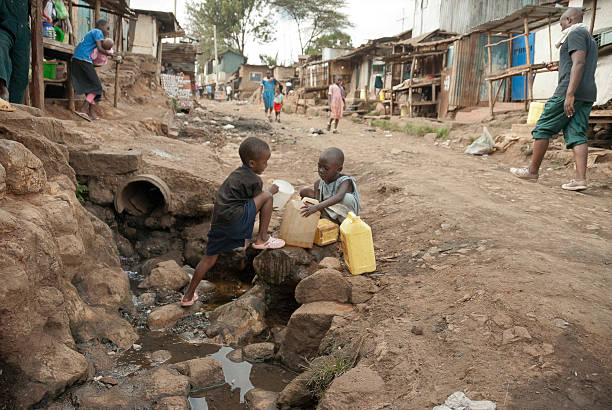
Despite over 5 million active internet subscriptions in Nigeria, there is still the need for wider internet coverage to boost inclusive economic growth.
Exposure to internet coverage after over three years triggered a 7% reduction in extreme poverty in Nigeria and Tanzania, according to the World Bank.
This exposure also led to an increase of 8% in labour force participation and wage employment.
A new brief by the bank read:
“In 2023, a World Bank flagship report found that in Nigeria and Tanzania, extreme poverty declined by about 7% after three or more years of exposure to internet coverage, while labour force participation and wage employment increased by up to 8%.”
The brief further highlights that over the past five years (2016 – 2021), Sub-Saharan Africa (SSA) experienced an extraordinary 115% increase in internet users, a change that has been instrumental in spurring economic growth, fostering innovation, and creating job opportunities.
The World Bank also stressed its commitment to digital development in Africa with an investment of $731.8 million across 11 Digital Development projects over six years, with a broader allocation of $2.8 billion across 24 projects over the past decade.
These investments are part of a larger goal under the Digital Economy for Africa (DE4A) initiative, which aims to digitally enable every individual, business, and government in Africa by 2030.
Despite the encouraging progress, the journey towards digital inclusivity faces challenges, including the affordability of mobile connectivity and a persistent digital gender gap. The cost of mobile internet remains high, and women are 37% less likely to use mobile internet compared to men. These barriers highlight the need for continued efforts to make digital access more equitable and widespread.
“The region’s digital infrastructure coverage, access, and quality still lag other regions. At the end of 2021, while 84% of people in SSA lived in areas where 3G service was available, and 63% had access to 4G mobile coverage, only 22% were using mobile internet services. The gap between coverage and usage is similarly large for broadband, with 61% of people in sub-Saharan Africa living within the broadband range but not using it.
“Affordability of mobile connectivity, measured by the price of one gigabyte (GB) of mobile data, is another major constraint. In 2019, the average cost of one GB of mobile internet as a percentage of monthly per-capita Gross National Income (GNI) was 10.5%, which is considerably higher than the 2% target recommended by the United Nations Broadband Commission. In addition, in 2021, the median cost of an entry-level internet-enabled handset amounted to more than 25.2% of monthly gross domestic product per capita.
“The region has one of the widest digital gender gaps globally. The greatest disparity exists for internet use, where women are 37% less likely than men to use mobile internet according to 2023 GSMA data.
“In 2021, around 470 million people in Sub-Saharan Africa did not have proof of ID, preventing them from fully benefiting from critical public and some private services.”
The National Bureau of Statistics (NBS) noted that 63% of persons living in Nigeria (133 million people) are multidimensionally poor and only about 12% of working-age Nigerians were engaged in wage employment.
The Minister of Communications, Innovation and Digital Economy, Dr Bosun Tijani recently noted that the cost of data in Nigeria is still one of the cheapest in the world but lamented that many operators are not willing to lay fibre in many parts of the countries outside the major cities because it would be unprofitable.
In the brief, Andrew Dabalen, World Bank Chief Economist for Africa, said: “The minimal usage of mobile internet is a lost opportunity for inclusive growth in Africa. Closing the uptake gap would increase the continent’s potential to create jobs for its growing population and boost economic recovery in a highly digitalized world.”


